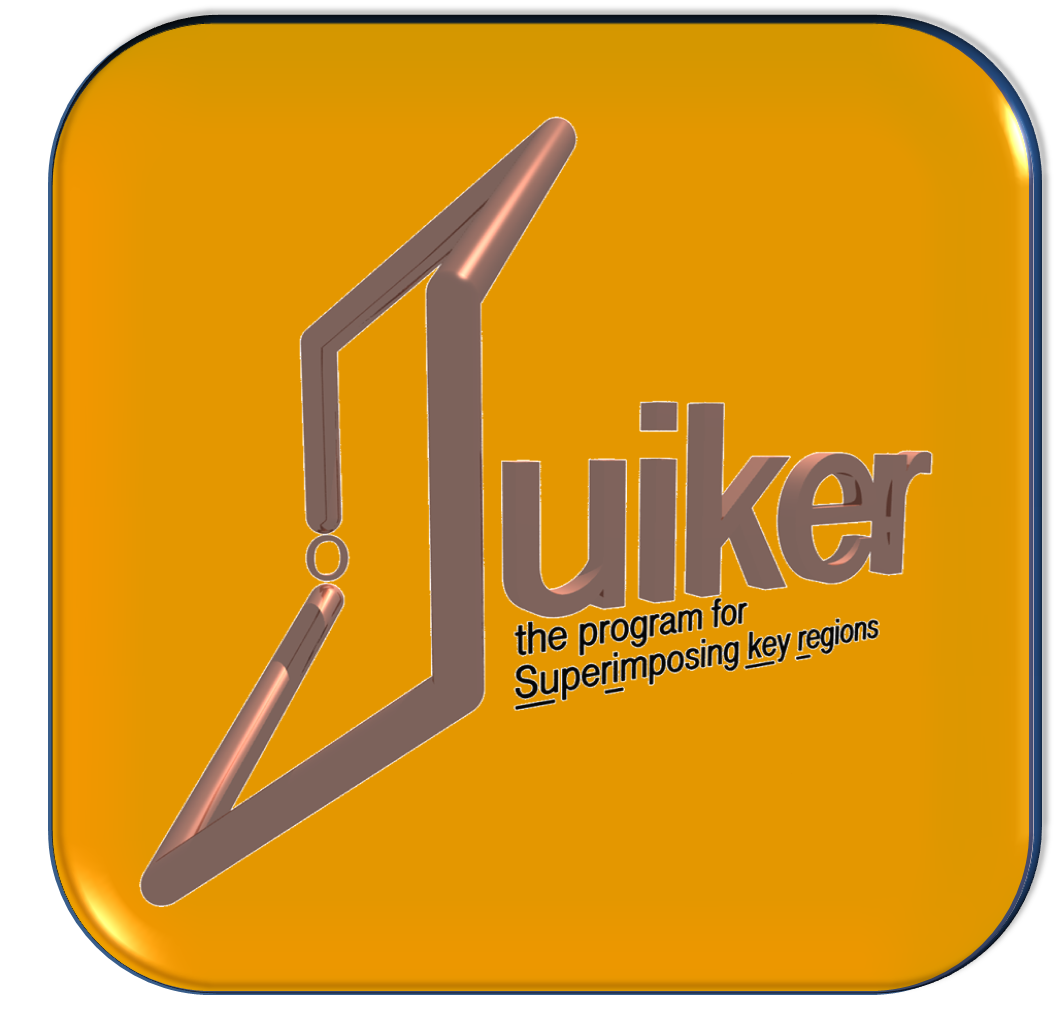|
Suiker Original publication: Karreman, C., Kranaster, P and Leist, M. 2019, SUIKER: quantification of antigens in cell organelles, neurites and cellular sub-structures by imaging. ALTEX, 36, p. 518-520. doi: 10.14573/altex.1906251. Abstract Suiker (program for SUperImposing KEy Regions) quantifies colocalization of different proteins or other features over an entire image field. Suiker allows the definition of cellular subareas by subtraction ('punching out') of structures identified in one channel from structures in a second channel. This allows e.g. definition of neurites without cell bodies. Moreover, normalization to live or total cell numbers is possible. Providing a detailed manual that contains image analysis examples, we demonstrate how the program uses a combination of colocalization information and fluorescence intensity to quantify carbohydrate-specific stains on neurites. Suiker can import any multichannel histology or cell culture image, builds on user guided threshold setting, batch processes large image stacks and exports all data (including the settings, results and metadata) o be used in Excel. BEWARE! This program was custom made just for solving the problems of measuring an enormous amount of cell related data in our laboratory. It was programmed for using the formats we use, on our computer setup and with our aims in mind. So it is not as flexible as it could have been. What we use: For all our experiments, in which we evaluate the incorporation of unnatural sugars, we use 8-well glass bottom slides from Ibidi. To analyze the results we use three fluorescent channels. The blue channel is used to visualize the nucleus with H-33342. The total cytoplasm is detected in the green channel with the use of Calcein-AM. Finally, the metabolically labeled sialic acids are monitored in the red channel. However, do not feel restricted by this; the program is capable to switch channels. Pictures are taken on a Zeiss LSM 880 confocal laser-scanning microscope, with a 40 x oil immersion objective. The freeware program "Fiji" is used to convert the Zeiss images, representing a slice with a total thickness of four microns, into one picture. Fiji uses up to 9 focal planes 0.5 microns apart to generate one with maximum intensity by z-projection. This is done for all three channels used and a final picture of 512 by 512 pixels is exported in PNG format, ready to be used by Suiker. All pictures of a series of experiments can be saved in one folder. Suiker is able to evaluate them all in one go. The output can be directed directly to Microsoft Excel - this program has to be installed on the computer in order to use this feature. Browse the handbook Download the program and handbook Go to the Overview of our programs. |

|